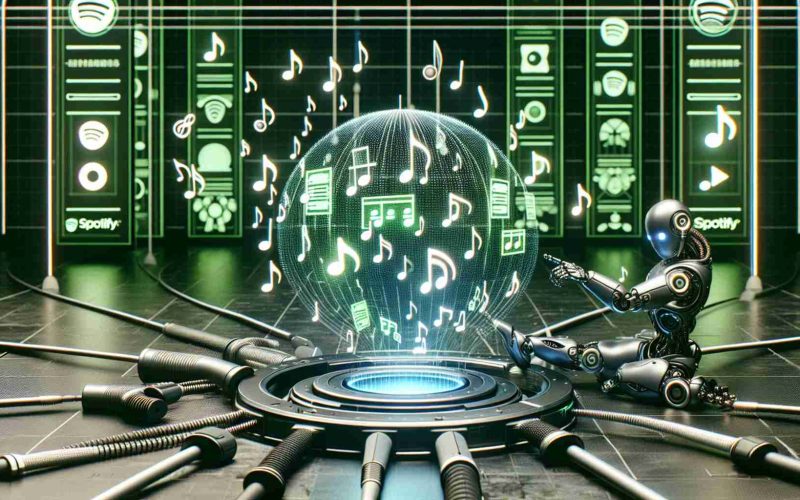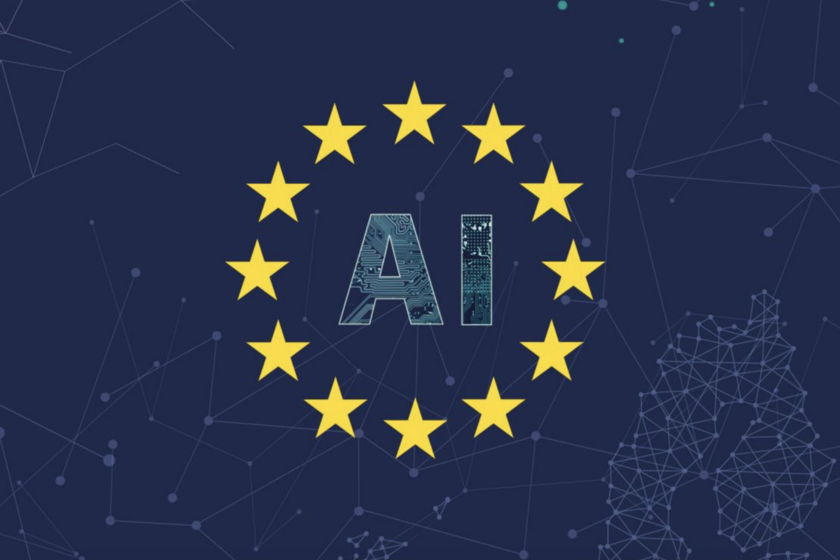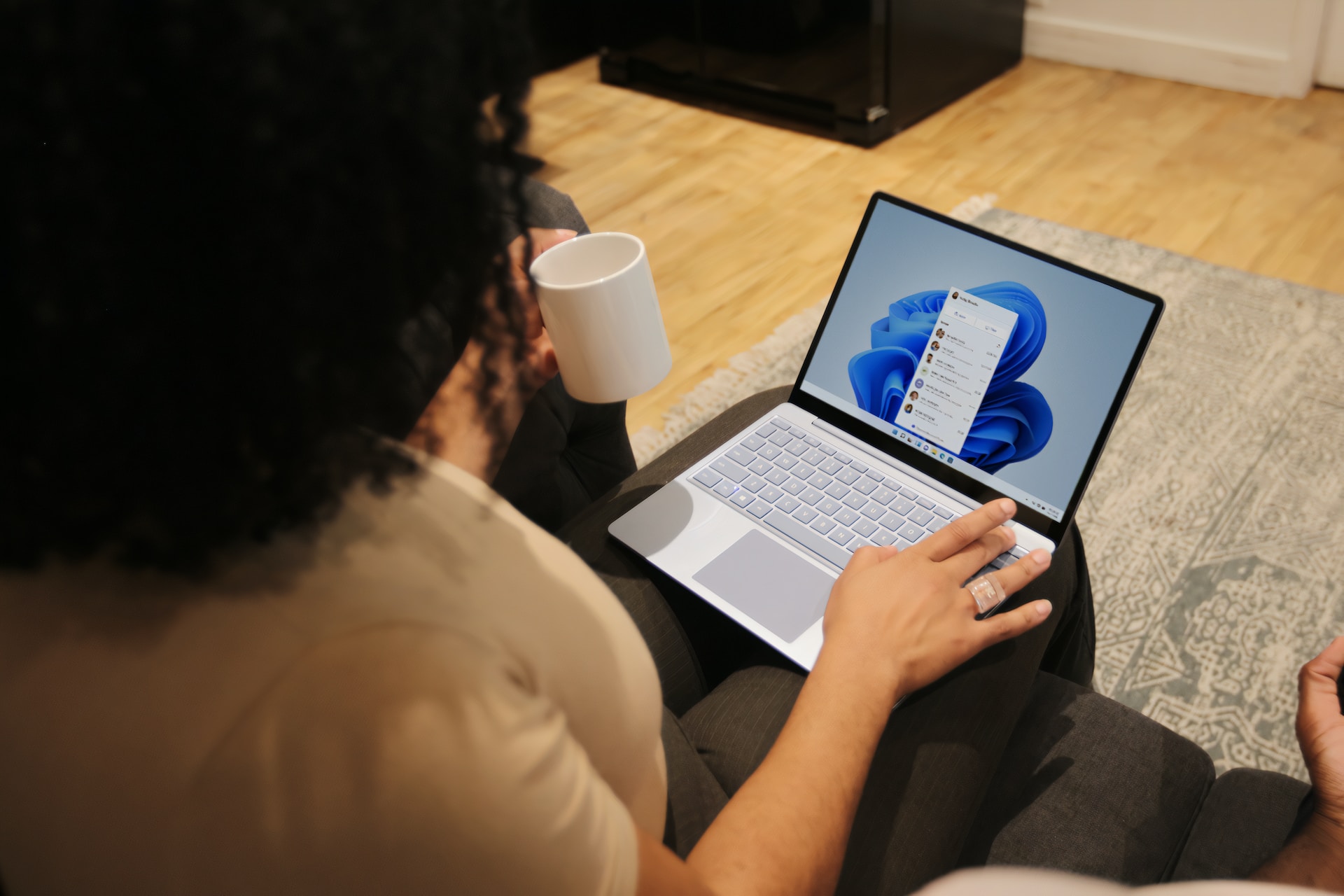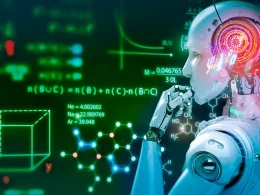Artificial intelligence (AI) is no longer confined to data crunching or automating repetitive tasks. Today, it’s making waves across creative industries, from graphic design and music composition to film editing and content marketing. But what does this intersection between AI and creativity really mean for the future of creative professionals, businesses, and art itself?
This blog takes a deep dive into the world of AI-driven creativity, exploring how it’s reshaping industries, the challenges we need to address, and why the human touch in creative endeavors will always remain indispensable. Whether you’re a tech enthusiast, digital marketer, or creative professional, this piece will inspire you to think differently about how AI can amplify human creativity.
The Intersection of AI and Creativity
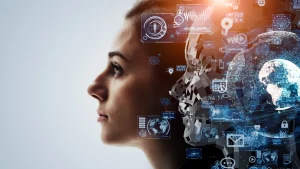
Artificial intelligence and creativity might sound like an odd pair, but they complement each other in surprising ways. AI tools are being developed and refined to assist with everything from idea generation to polished execution. Here’s how AI is transforming various creative fields:
Content Creation
Today’s AI-powered tools can assist writers in crafting engaging blogs, catchy headlines, or even long-form novels. Tools like Jasper, Writesonic, and Grammarly help content creators draft, edit, and enhance their work more efficiently. These platforms offer suggestions to improve tone, clarity, and engagement, while generating SEO-friendly content in minutes.
AI is also making waves in video content, with platforms like Runway ML enabling simpler video editing through automated scene adjustments, object removal, and background manipulation.
Graphic Design
Can an algorithm design a logo? The answer is yes—and more. Tools like DALL-E and Canva’s AI features allow even novices to create professional-grade visuals. AI streamlines processes such as resizing images, generating templates, and even coming up with unique designs based on user inputs. For professional graphic designers, AI can handle time-consuming tasks, leaving more space for innovative thinking.
Music Composition and Audio Editing
AI is also venturing into the audio realm. Technology like AIVA or OpenAI’s MuseNet enables artists to compose music across genres. Audio editing platforms like Adobe Podcast (formerly Project Shasta) use AI to enhance sound quality, cut filler words, and even transcribe interviews.
Marketing and Advertising
AI drives personalized marketing campaigns that adapt to consumer behaviors in real time. Platforms like Adzooma and HubSpot leverage machine learning algorithms to optimize ad placement, target audiences, and analyze campaign performance. Additionally, AI-generated visuals, videos, and interactive content are improving the efficiency and creativity of modern marketing strategies.
Case Studies of AI in Action
To understand the real impact, here are a few examples of AI pushing the boundaries of creativity:
- Coca-Cola recently utilized AI for an ad campaign. By analyzing consumer trends and emotional triggers, the AI suggested design elements and copy that resonated with their target audience.
- Grimes, the electronic musician, worked with AI to compose experimental tracks that combine human emotion and machine precision.
- Netflix uses AI not only for content recommendations but also for A/B testing designs, thumbnails, and even predicting which storylines will captivate their viewers.
Challenges and Opportunities
While AI presents numerous opportunities for creative industries, it also comes with its own set of challenges.
Challenges
- Ethical Concerns: AI-generated art and creations often raise questions about intellectual property rights. Who owns AI-made content—the creator who programmed the software, or the machine itself?
- Job Displacement: Many worry that AI advancements may lead to the reduction of roles in writing, design, or editing.
- Bias in AI: Since AI is trained on historical data, it can unintentionally perpetuate biases, which poses a challenge for fostering truly inclusive creative outputs.
Opportunities
- Amplified Creativity: AI tools tackle the repetitive and time-intensive elements of creation, enabling artists to focus on ideation and innovation.
- Mass Customization: AI allows industries to create highly personalized experiences at scale, from tailored marketing campaigns to bespoke graphic design.
- Efficiency: By shortening project timelines, AI frees up time for creators to pursue passion projects or explore new ventures.
The Human Element Matters
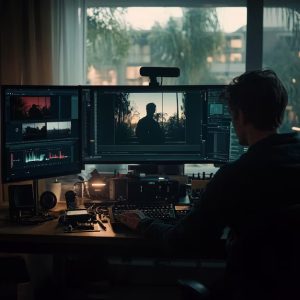
Can AI truly replace human creativity? The short answer is no. Creativity is more than just producing content; it’s about storytelling, emotions, and cultural nuance. While AI excels at automating tasks and generating ideas, it lacks the lived experiences and emotional intelligence that humans bring to the table.
For instance, an AI can emulate Picasso’s art or compose symphonies inspired by Mozart. But it cannot mimic the personal struggles, triumphs, or distinct perspectives that shaped these works. Human creators infuse context, empathy, and purpose into their creations—qualities that machines can’t replicate.
More importantly, collaboration between humans and AI creates a synergy greater than either can achieve alone. Think of AI as a highly skilled assistant, enhancing productivity and broadening horizons without stealing the spotlight.
The Future Landscape
The future of AI in creative industries is bright—and evolving rapidly. Here’s what’s on the horizon:
- Hyper-Personalization: Creative professionals will use AI to create content perfectly tailored to individual preferences, paving the way for unprecedented customization.
- Real-Time Collaboration: Future AI tools could allow creators to collaborate seamlessly across the globe, co-designing or co-writing in real time.
- Democratization of Creativity: AI will make high-quality creative tools accessible to everyone, lowering barriers for those without formal training.
However, this progress must be guided responsibly. Establishing ethical frameworks, addressing biases, and ensuring human oversight will be critical in shaping a future where AI benefits all.
How You Can Leverage AI in Your Creative Journey
Now that you’ve seen the possibilities, it’s time to experiment! Start by exploring tools that complement your creative field, whether it’s AI writing assistants, design platforms, or music composition software. Test their capabilities, but always aim to infuse your unique human touch into the final outcome.
What’s your take on AI’s role in creative industries? Share your thoughts and join the conversation. And if you’re looking to transform your workflow with AI, don’t wait—start exploring the tools that could elevate your projects today.






